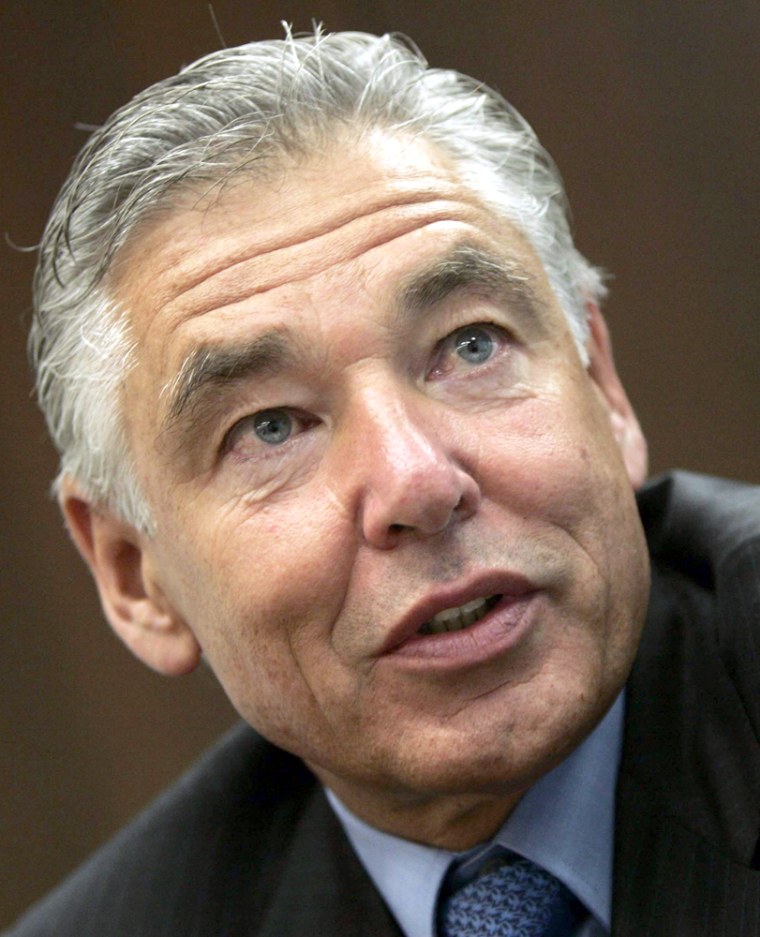Nestle Chief Executive and Chairman Peter Brabeck, once an ice cream salesman, has managed to turn the world’s largest food group into the biggest maker of cream as well.
Nestle, already home to the Moevenpick and Scholler brands, said on Thursday it had now taken full ownership of U.S. company Dreyer’s Grand Ice Cream Holdings Inc., taking a final step in a deal it had been poised to complete since 2003.
It took a 67-percent stake in Dreyer’s at that time with a view to taking over the rest of the company during the decade.
Nestle, citing a study by AC Nielsen, said it was now the world leader in ice cream, taking a 17.5 percent scoop of the total market, and outpacing rival Unilever, which makes Magnum, Cornetto and Ben & Jerry’s ice creams.
The global ice cream market is estimated at roughly 38 billion euros ($46 billion) a year, according to Euromonitor data quoted by Nestle.
Austrian-born Brabeck joined Nestle in Austria in 1968 as an ice cream seller and has since worked his way up the ranks of Switzerland’s largest firm by sales to become chief executive in 1997 as well as chairman last year.
He is moving Nestle into higher-margin foods, such as those offering extra nutritional benefits, away from the firm’s roots as a primary converter of raw materials like coffee and cocoa.
Indulgent and healthy
Jean-Marie Gurne, the head of Nestle’s ice cream unit, said the company, the maker of KitKat chocolate wafers and Nescafe coffee, would focus on launching healthy ice cream products worldwide as long as they fit the firm’s strategy of tasting as good as traditional ice creams.
“If you want to succeed in this area, you need to have a product that delivers at least the same level of quality as traditional ice cream,” Gurne told Reuters.
For now, Nestle was focusing on the global rollout of Dreyer’s Slow Churned Light, which has half the fat and one-third less calories than traditional ice cream and is already a success in the United States.
It is due in Europe this year and in the rest of the world after that.
Regional differences meant new products would have to please local tastebuds, Gurne said.
“Look at Vanilla. In France, if you are not yellow, you are not perceived as good quality. In Germany and the United States, you should be white,” Gurne said, adding that texture was also important in convincing consumers in their impulse buy.
The completion of Nestle’s takeover comes on the heels of a string of deals, but Gurne said Nestle’s focus would now be primarily on internal growth.
Nestle also bought Greek-based Delta Ice Cream for about 240 million euros ($291.2 million) in December and said it would enter a joint venture for chilled dairy products with French dairy group Lactalis.
Nestle said it had reached market share of 23.2 percent in the United States last year through Dreyer’s business, according to AC Nielsen data, a share which it saw expanding.
Dreyer’s had said earlier this month that its Class A shares would cease to trade on the Nasdaq as of the close of trading on Jan. 17.
